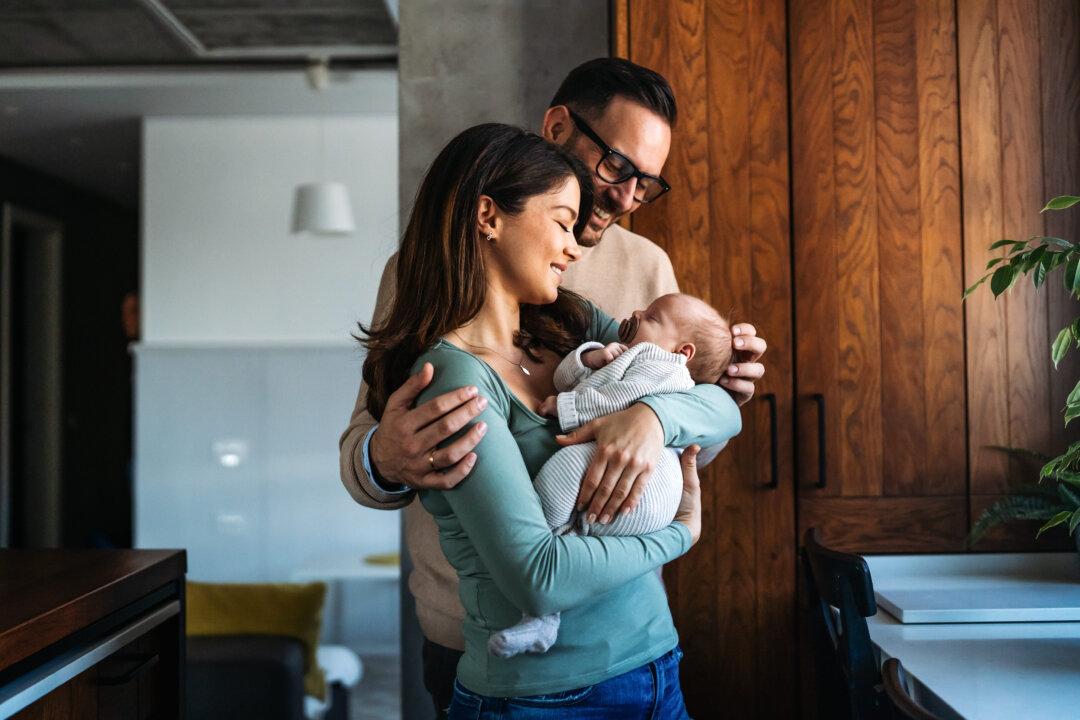Kevin Morris, a 26-year old black man, was raised by a single mother in a tough Toronto neighbourhood. Having twice endured knife violence in youth, he was eventually diagnosed with PTSD and paranoia after a third stabbing left him critically wounded. Last year, Morris was arrested for carrying a loaded firearm, his first criminal offence.
The prosecutor requested a four-year “exemplary sentence” to reflect the seriousness of rising rates in Toronto gun violence. The defence called for 12 months, proposing a causal link between systemic racism and Morris’s crime. Persuaded by defence arguments, Superior Court Justice Shaun Nakatsuru settled on 15 months (further reduced by three months for charter breaches in Morris’s arrest). “In our system,” Nakatsuru wrote, “a sentence is not just about the crime. It must also be about the offender.”





